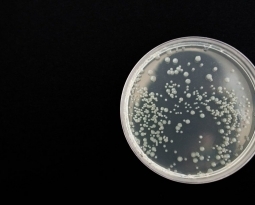Montana Patent of the Month – December 2021
There are many existing data storage and retrieval systems including both shared and non-shared methods. For instance, a shared-disk system will store data on a shared storage device accessible by all processing nodes in a data cluster. Data changes are written to the shared device and in this manner all nodes access a single consistent version of the data. However, too many nodes leads to a bottleneck of access and slows data read and write operations. Limitations are found in any existing storage and retrieval system from bottlenecking to overly complex architectures.
Montana-based Snowflake, Inc. has developed their own innovative resource provisioning system that aims to provide a less limited data storage and retrieval option. This innovation provides a platform for storing and retrieving data which supports the addition or removal of nodes without requiring data file rearranging or bottleneck. The platform functions performantly even when some nodes are offline for maintenance or experience a failure.
Their system further separates the data storage resources from the computing resources so that data can be stored without requiring the use of dedicated computing resources. This nifty method ensures data is stored even when all computing resources are removed.
Their design ultimately offers a flexible and scalable data warehouse and data processing platform. Within the data warehouse, processing resources are implemented including a processor and a storage device. When this system receives a query to process database data, some of the processing resources are used to process the data. When a processing capacity threshold is reached, the capacity is automatically scaled by adding one or more additional processors to the warehouse. In this way, we see reduced complexities and bottlenecks and greater performance in data storage and retrieval.
Are you developing new technology for an existing application? Did you know your development work could be eligible for the R&D Tax Credit and you can receive up to 14% back on your expenses? Even if your development isn’t successful your work may still qualify for R&D credits (i.e. you don’t need to have a patent to qualify). To find out more, please contact a Swanson Reed R&D Specialist today or check out our free online eligibility test.
Who We Are:
Swanson Reed is one of the U.S.’ largest Specialist R&D tax advisory firms. We manage all facets of the R&D tax credit program, from claim preparation and audit compliance to claim disputes.
Swanson Reed regularly hosts free webinars and provides free IRS CE and CPE credits for CPAs. For more information please visit us at www.swansonreed.com/webinars or contact your usual Swanson Reed representative.

















